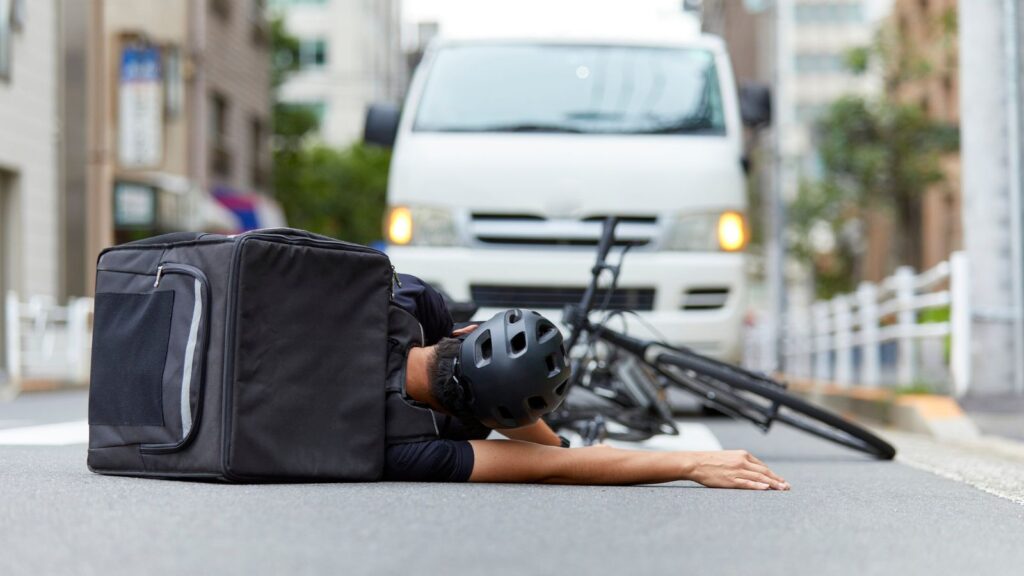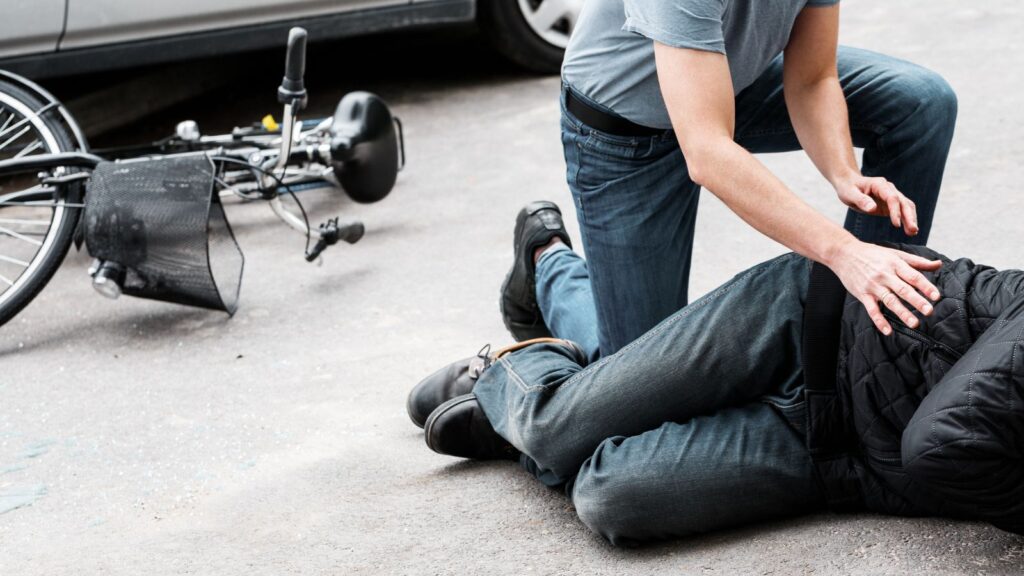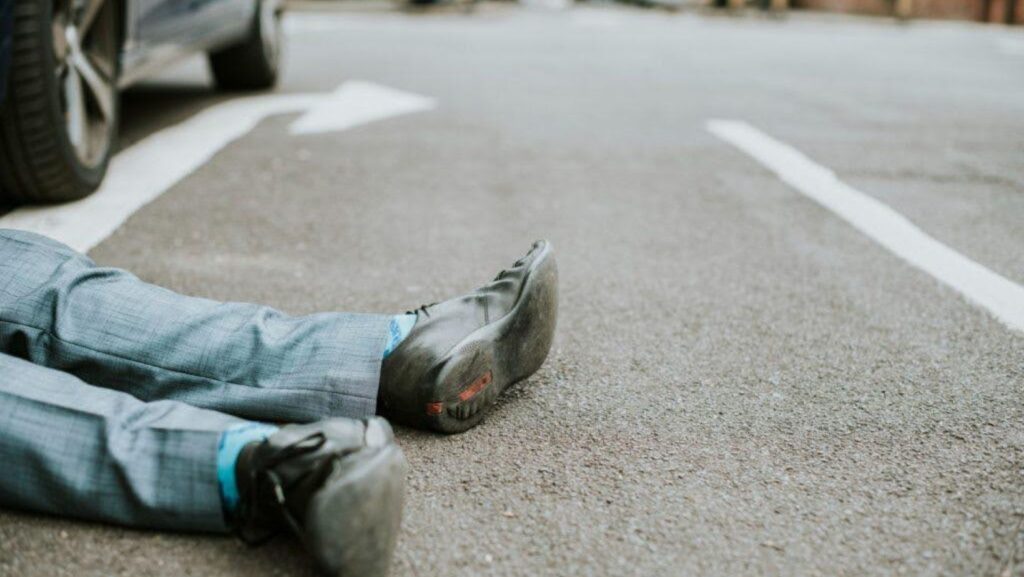A range of injuries can be brought about by pedestrian accidents, some of which might be severe or even fatal. The speed of the car and the point of impact usually determine the kind of injuries a pedestrian suffers. In these situations, proper medical treatment is crucial to prevent long-term effects.
If you suffer injuries in a pedestrian accident, it is crucial to understand your legal rights and consult a pedestrian accident lawyer. A lawyer can help you negotiate compensation for your medical expenses and pain and assist with claims. They also guarantee that you get the correct treatment by helping you to understand the several options for typical injuries. A lawyer for school bus accidents can provide specialized expertise when dealing with these complex cases.
Below are four common injuries from pedestrian accidents and their recommended treatment options.
1. Head Injuries
Among the most severe injuries sustained in pedestrian accidents are head injuries. Mild concussions to traumatic brain injuries (TBI) that could result in long-lasting cognitive problems all fall under these injuries. Severe occurrences of head injuries might cause coma or possibly death.
Treatment Options:
- Concussions: Usually treated with rest, over-the-counter painkillers, and avoidance of activities that can strain the brain.
- Traumatic Brain Injuries (TBI): May require long-term cognitive and physical therapy as well as hospital stays and surgical intervention.
- Skull Fractures: Repairing fractures and preventing more brain injuries could require surgery.
Head injuries require immediate medical attention since improper management could worsen them.
2. Spinal Cord Injuries
A person’s life might be severely affected by a spinal cord injury, which might cause paralysis or lifelong disability. Damage to the spinal cord can occur anywhere throughout the back and neck and may cause quadriplegia with cervical injuries, while injuries lower in the spine may cause paraplegia.
Treatment Options:
- Emergency Treatment: The spine must be stabilized immediately to prevent more damage.
- Surgical Intervention: Sometimes, pressure from the spinal cord or vertebrae may need to be removed surgically or the vertebrae stabilized.
- Physical Therapy: To restore as much function as possible after spinal cord injuries, extensive rehabilitation is usually required.

Many times, spinal cord injuries require long-term treatment, including physical therapy and rehabilitation.
3. Bone Fractures
In pedestrian accidents, broken bones—especially in the legs, arms, and pelvis—are somewhat common. A collision can produce fractures ranging from mild hairline cracks to severe breaks. Long recovery durations and problems, such as blood clots or infections, could occur due to these fractures.
Treatment Options:
- Casting and Splints: Less serious fractures might require a cast or splint to immobilize the bone while it heals.
- Surgical Repair: More severe fractures may require surgery to straighten the bones, followed by a period of immobilization and recovery.
- Physical Therapy: Physical therapy can help restore strength and mobility once the bones have healed.
The degree of the fracture and the treatment approach determine the recovery time.
4. Soft Tissue Injuries
In pedestrian accidents, soft tissue injuries, such as sprains, strains, and bruises, are also very common. These injuries compromise connective tissues, tendons, muscles, and ligaments. Soft tissue damage can cause major pain and long-term discomfort, even if it is not as instantly severe as bone fractures or head injuries.
Treatment Options:
- R.I.C.E. Method: For mild to severe soft tissue injuries, the R.I.C.E. (Rest, Ice, Compression, and Elevation) method is typically advised.
- Physical Therapy: Therapy may be required to recover strength and mobility in more severe strains or sprains.
- Pain Management: Prescription drugs or over-the-counter painkillers could be recommended to control inflammation and discomfort.

Even if soft tissue injuries might not always require surgery, they can nonetheless be incapacitating and require continuous treatment to ensure proper healing.
There are many different kinds of injuries caused by pedestrian accidents; hence, the recovery journey starts with understanding these common injuries and their treatment options. Seeking appropriate medical treatment, following advised treatment programs, and speaking with a pedestrian accident attorney will help you manage the fallout from such accidents.
